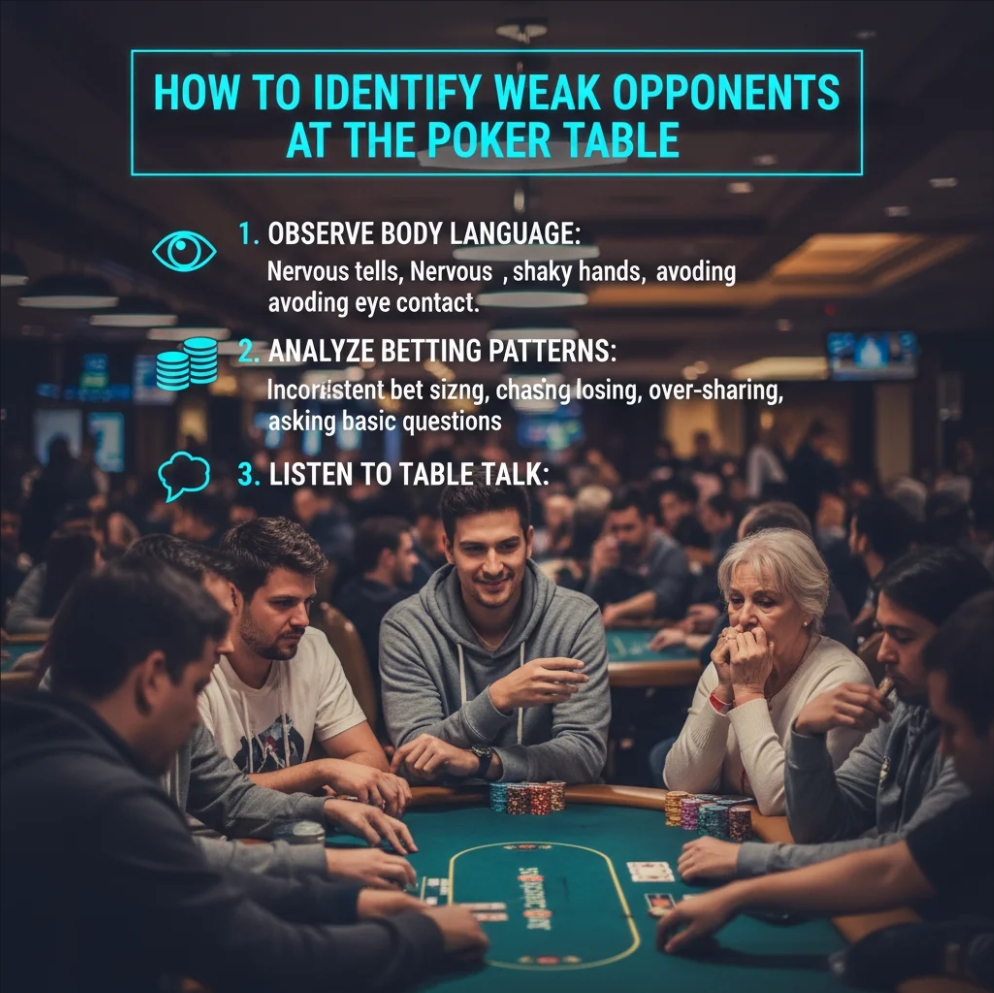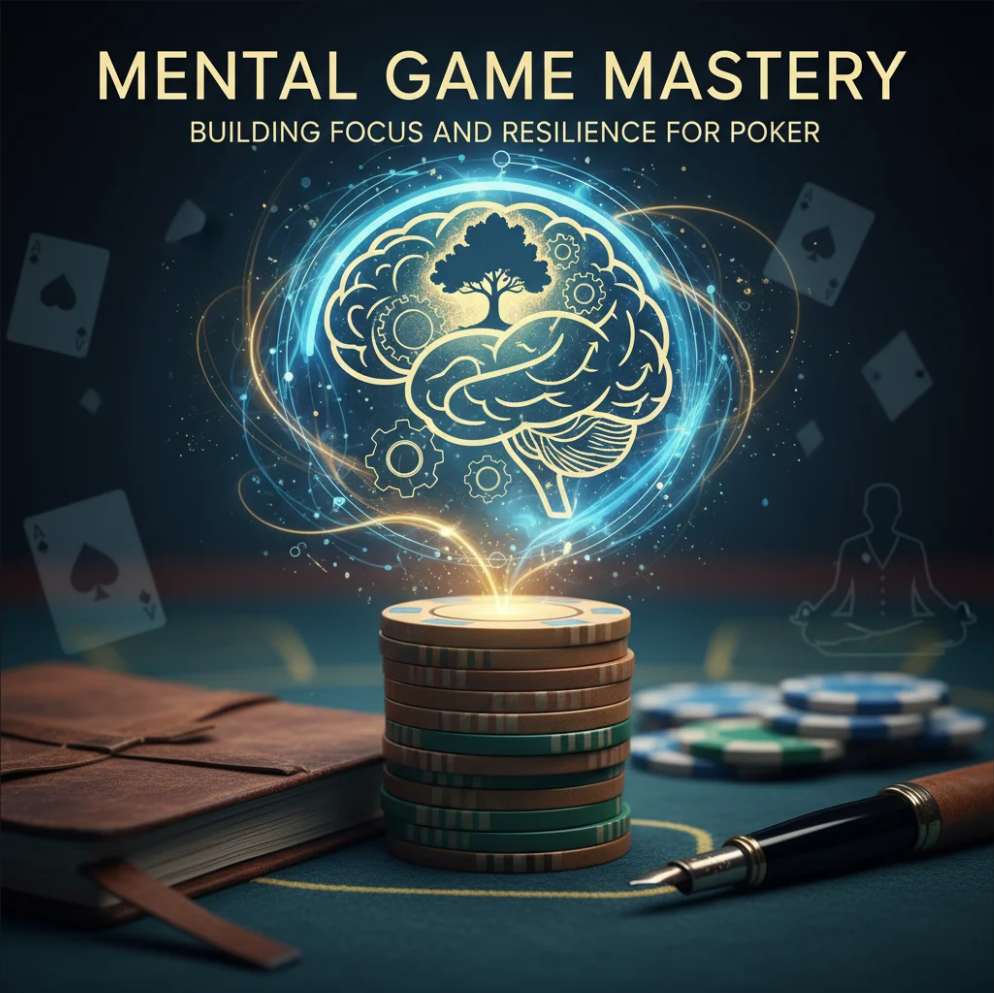Small Stakes vs High Stakes: Proven Strategies for Every Level | Casino & Poker Insights
In the world of poker and casino gaming, one rule always holds true — your strategy should match your stakes.
Whether you’re grinding small tables or taking shots at the high-stakes arena, the way you play, think, and manage risk can make or break your success.
Let’s break down what separates small stakes from high stakes — and how you can win at both.
♣️ 1. Understanding the Stakes Spectrum
“Stakes” simply refer to how much money is on the line.
- Small stakes games attract casual players, offering lower buy-ins and softer competition.
- High stakes tables involve seasoned pros, larger pots, and higher pressure.
But the difference goes beyond just money — it’s about mentality.
Each level demands a different balance of patience, aggression, and discipline.
💡 2. Small Stakes Strategy: Play Smart, Stay Disciplined
At lower levels, most players make predictable mistakes — calling too often, bluffing too little, or chasing bad hands.
That’s your advantage.
Key Tips for Small Stakes Players:
- Play tight and aggressive. Choose strong hands and raise them confidently.
- Exploit common leaks. Target players who call too much or chase draws.
- Stay patient. Don’t get tilted by small wins or losses — volume builds profit.
- Focus on fundamentals. Positional play and bankroll management matter more than fancy bluffs.
Mindset: Consistency beats creativity at this level. You win by avoiding errors others make.
🔥 3. High Stakes Strategy: Master Psychology and Pressure
When you move up, everything changes — opponents get sharper, pots grow, and reads matter more than raw math.
Here, psychological warfare becomes part of the game.
Key Tips for High Stakes Players:
- Balance your range. Mix up your play so you’re unpredictable.
- Read the player, not the cards. Look for timing tells, betting patterns, and emotional shifts.
- Control your image. How you’re perceived can influence others’ moves.
- Stay emotionally detached. Big pots can cloud judgment — always think long-term EV (expected value).
Mindset: It’s not just poker — it’s mental chess played with money.
💰 4. Bankroll Management for Every Level
Your bankroll is your safety net — protect it.
- For small stakes, keep at least 20–30 buy-ins for your limit.
- For high stakes, aim for 50+ buy-ins, since variance hits harder.
Avoid chasing losses or moving up stakes too quickly — growth is gradual, not impulsive.
Pro Insight: Downswings happen even to pros. Discipline, not luck, determines survival.
🎯 5. When to Move Up (or Down)
Knowing when to change stakes is as strategic as any hand you play.
Move up when you’re consistently beating your current games and have a stable bankroll.
Move down if you’re on a downswing or mentally drained — there’s no shame in resetting.
Remember, poker and gaming are marathons, not sprints.
🏆 Final Hand: The Smart Player Adapts
At the end of the day, it’s not about how high the stakes are — it’s how well you adapt to them.
Master your fundamentals at small stakes, sharpen your instincts at high stakes, and never stop learning.
Because true skill isn’t in the size of the pot — it’s in the decisions you make with every chip.









